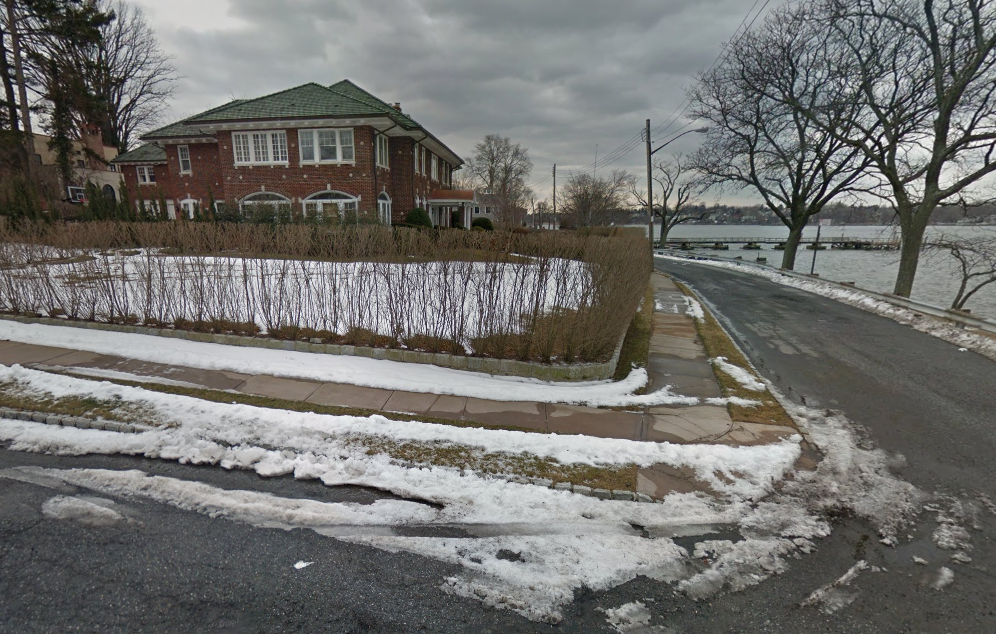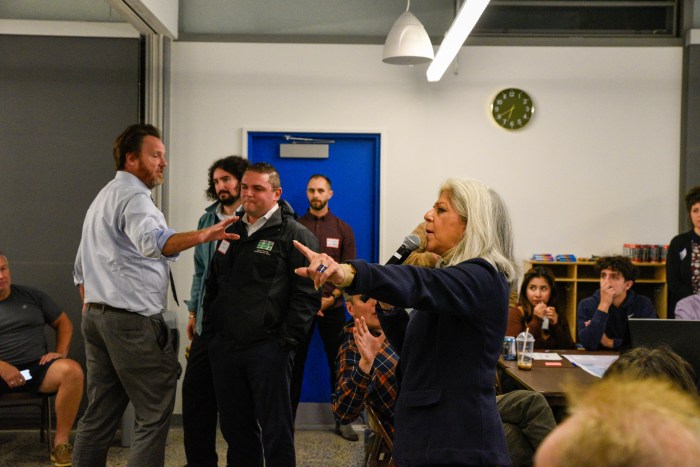Roads in a landmark area of Douglaston are crumbling, and the city is being urged to take immediate action.
City Councilman Paul Vallone and Assemblyman Edward Braunstein have written to the New York City Office of Management and Budget (OMB) requesting that the complete reconstruction of roadways in the Douglas Manor Historic District be included in the Department of Transportation’s capital plan for the upcoming year.
The Department of Transportation (DOT) has determined that it would cost a projected $260 million to perform a complete reconstruction, which would repair the area’s roads, street lighting and curbs. The DOT has already submitted this request to the OMB.
Vallone condemned the escalating state of disrepair in the area and urged the OMB to fund the reconstruction, which he said was long overdue. According to the letter, certain streets in the district are collapsing or sinking in.
“This historic district must no longer have historically deplorable roadway conditions,” he said.
Braunstein agreed that the roads of the Douglas Manor Historic District have been in disrepair for far too long.
“It is time for the NYC Office of Management and Budget to finally provide the necessary funding for the reconstruction of the roads, sidewalks and street lighting in Douglas Manor in 2016,” he added.
Douglas Manor Association President Michael Gannon thanked Vallone for supporting the issue.
“After many years of decline and without a major repaving, Douglas Manor streets have reached the point of needing major reconstruction,” Gannon said.
Douglas Manor was designated a historic district by the New York City Landmarks Preservation Commission in 1997. Most of the houses were built in the early 20th century as part of a planned suburb, and were mostly designed by local Queens architects.



































